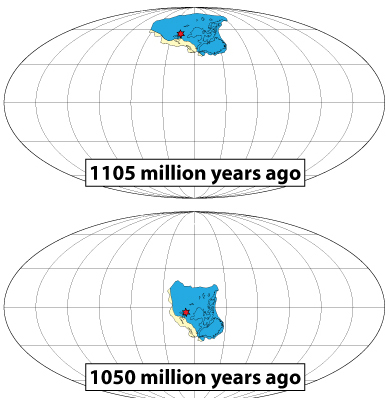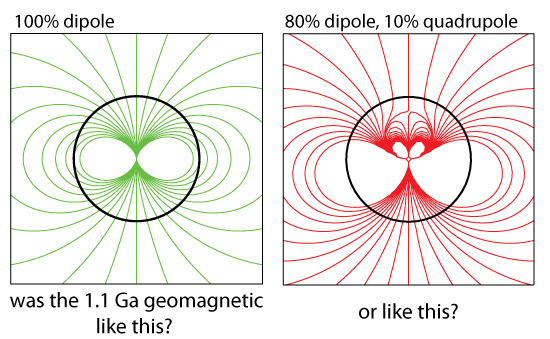North America's dash to the equator at the end of the Mesoproterozoic
By:
Nicholas Swanson-Hysell
Graduate Student
Geosciences, Princeton University
When: |
Friday, April 2, 2010, 10:30 a.m. to 11:30 a.m. |
Where: |
Seminar Conference Room, 10100 Burnet Road, Bldg 196-ROC, Austin, Texas 78758 |
Hosts: |
Lawrence Lawver, UTIG |
1.1 billion years ago as collisions from Texas to Quebec were creating Grenville mountain belts, a large mid-continent rift system developed that extended from the Lake Superior Region down into the Great Plains. Despite being active for ~15 million years, the rift system ultimately failed to dismember North America. Today, the voluminous igneous and sedimentary rocks associated with the rift are an important repository of information regarding continental drift and geomagnetic field behavior during a critical time in Earth history when the continents were assembling to form the supercontinent Rodinia. Until recently, the meaning of paleomagnetic directions from the rift was murky due to the belief that changes in paleomagnetic direction were a result of geomagnetic reversal asymmetry rather than plate motion. If indeed the geomagnetic field at the time was significantly more complicated than a dipole, efforts to construct the paleogeography of Rodinia, or confidently interpret the paleolatitude of sedimentary deposits of climatic relevance, would be hindered. Recent work from the most complete stratigraphic exposure of the rift has led to a high-resolution paleomagnetic data set that shows previously interpreted reversal asymmetry to be an artifact of rapid motion of North America and associated continental land masses during the time period.

This result gives us the power to confidently interpret paleomagnetic data from the rift as a detailed record of the polar wander path at the time. Previously developed and new geochronological data show this motion to have exceeded 30 cm/year and then slowed to rates more consistent with proposed plate tectonic speed limits as North America moved from high to low latitudes. This strengthened framework for North America's motion sets the stage for future advances in understanding secular change in the strength of the geomagnetic field, reconstructing the Rodinian supercontinent, and unraveling the connections between the paleogeography and climate of the Proterozoic Earth.





